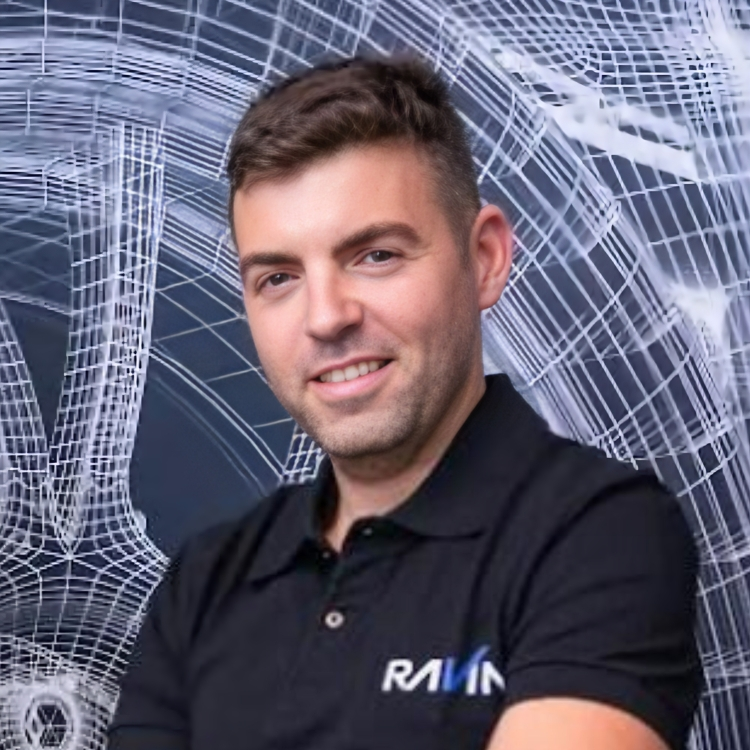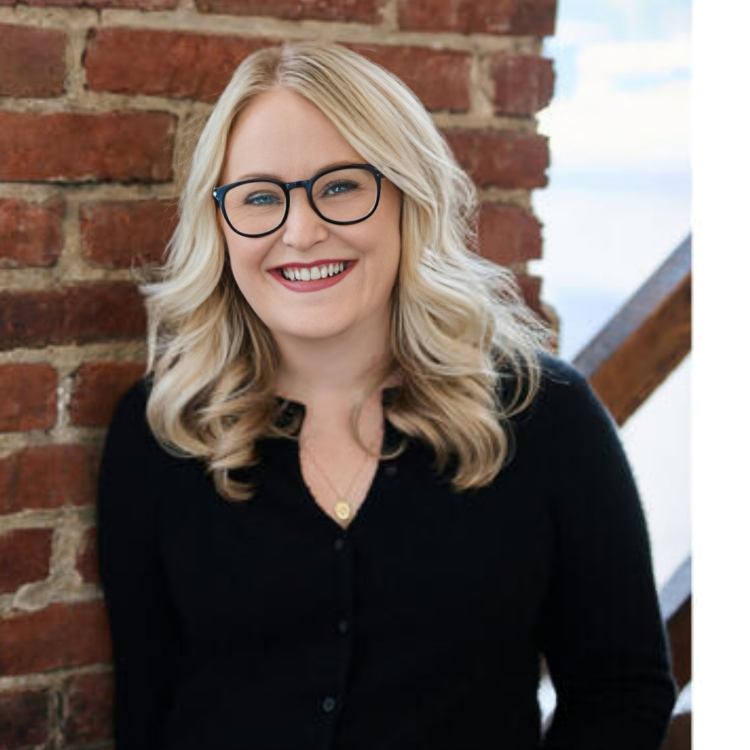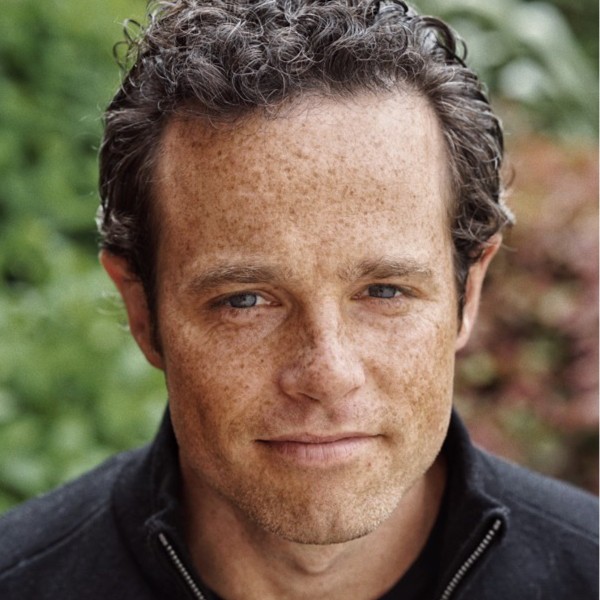Ready to launch your own podcast? Book a strategy call.
Frontlines.io | Where B2B Founders Talk GTM.
Strategic Communications Advisory For Visionary Founders
Conversation
Highlights
The Embedded Insurance Revolution: How Walnut Insurance Is Transforming Distribution for the Digital Age
In a recent episode of Category Visionaries, Derek Szeto, Co-Founder of Walnut Insurance, shared insights on building an embedded insurance platform that has raised over $7 million in funding. The company’s journey offers valuable lessons for founders navigating emerging categories and rethinking traditional distribution models.
From Banking to Insurance: Spotting the Unrecognized Opportunity
Walnut Insurance began with a discovery that most innovation stories start with: seeing what others missed. While working at RBC, Canada’s largest bank, Szeto and his co-founder were exploring subscription services when they noticed something interesting in consumer financial data.
“We explored a bunch of different areas and one of the areas that we became really passionate about was around subscriptions,” Derek explains. “If you ask people what subscriptions they have, you would probably say Netflix, Disney Plus, Spotify, gym memberships. We connected to people’s bank accounts via Plaid. We looked at the data and what we saw was there’s other things that looked a lot like a subscription but people were not raising their hand.”
That “other thing” was insurance—consistently recurring payments that consumers were spending “really good money on” yet didn’t categorize mentally as subscriptions. This insight revealed a gap: insurance products weren’t getting the same attention or optimization as entertainment subscriptions despite representing significant consumer spending.
The Embedded Insurance Thesis
Walnut’s core thesis is that insurance works better when integrated directly into customer journeys rather than sold as a standalone product.
“It’s not like people wake up in the morning and say, I’m really excited to go buy insurance today,” Derek notes. “So what does that mean from an experience perspective is that actually makes more sense as a part of a customer journey within platforms.”
The company organizes embedded insurance into three categories:
- Products with insurance fully built-in (like travel coverage included with credit cards)
- Data-driven implementations that leverage user information
- Contextual offerings timed to specific moments in customer journeys
This approach creates a win-win-win situation. Customers get coverage when they actually need it, distribution partners gain revenue and customer stickiness, and insurers receive better-quality risk pools with less adverse selection.
Finding the Right Products for Embedded Distribution
One of Walnut’s most valuable pivots came from discovering which insurance products worked best in embedded environments. While they initially focused on life insurance, they discovered a crucial insight that shaped their strategy.
“Life insurance in its very end is a much harder product to embed because life insurance is always optional,” Derek explains. “What has driven more engagement is how do we think about the things that are required. Things like tenant insurance as you’re signing a lease, things like home insurance as you’re able to go and get a mortgage and get into a home.”
This shift toward required insurance products that align with specific customer journeys significantly improved conversion rates. The company found that these “required” moments created natural opportunities to introduce insurance in a way that felt helpful rather than intrusive.
The Power of Contextual Data
Perhaps the most innovative aspect of Walnut’s approach is how they use data to identify precise moments when customers would be receptive to insurance offers.
“Thinking about geolocation and travel insurance—an airport is a very good signal, or better yet if you can get them while they’re using the Wi-Fi on the plane, that’s an even better signal that they might be traveling,” Derek shares.
These hyper-contextual moments drive significantly better engagement than broad audience targeting. By focusing on data signals that indicate genuine need—like location data suggesting travel—Walnut creates relevant touchpoints for insurance offers.
Market Education as the Primary Challenge
Like many category-creating companies, Walnut faces the challenge of educating potential partners about embedded insurance opportunities.
“That’s probably one of our biggest challenges. It’s sort of developing the market,” Derek acknowledges. “They’re not necessarily thinking about embedded insurance and they’re not necessarily going to Google and typing it in.”
The company addresses this through conferences, showcasing case studies from well-known brands, and focusing on the dual benefits of customer stickiness and incremental revenue that embedded insurance can deliver for partners.
The Evolution of Fundraising Strategy
As Walnut progressed through funding rounds, their approach to fundraising became increasingly sophisticated. The founders learned that treating fundraising as a formal sales process yielded better results than ad-hoc investor outreach.
“I think fundraising still feels like an art to me versus a science,” Derek says. “And one of the things we’ve learned over the last few years that you really have to do is run it like a sales process.”
Their methods evolved from simple spreadsheet tracking to a comprehensive CRM-driven process with advanced qualification criteria for potential investors. This systematic approach helped them identify investors more likely to understand and support their vision.
“More pre-work versus probably the way we were doing it out of the gate where we’re really just having a bunch of conversations and tracking the conversations that we have,” Derek explains. “Now we do a lot more homework before we even get started.”
Looking Ahead: AI and the Future of Embedded Insurance
As Walnut looks to the future, they’re exploring how AI can transform both internal operations and customer experiences. From simplifying policy comprehension to creating advisor-like experiences available 24/7, AI presents numerous opportunities to improve insurance accessibility.
“We’re trying to figure out how do we use AI across the organization to accelerate the business,” Derek shares. “What can we do in the back office or internal facing that customers might not see? And then what are things that we can put in front of the customer that they might see?”
The goal remains consistent: more embedded insurance for a world that needs it. Walnut envisions a future where consumers can access relevant coverage through their favorite platforms at exactly the right moments, while those platforms benefit from increased engagement and revenue.
The Takeaway for B2B Founders
Walnut Insurance’s journey demonstrates how identifying overlooked patterns in consumer behavior can reveal significant market opportunities. By focusing on required rather than optional products, leveraging contextual data signals, and creating frictionless purchase experiences, they’ve built a platform that benefits all stakeholders in the insurance ecosystem.
For B2B founders, the lesson is clear: sometimes the most promising opportunities aren’t in creating entirely new products, but in reimagining how existing products are distributed, discovered, and purchased. As Derek and his team continue pioneering embedded insurance solutions, they’re proving that the right product at the right moment can transform even traditionally low-engagement categories.
Actionable
Takeaways
Start by recognizing untapped market patterns:
Derek identified insurance as an "unrecognized subscription" in consumer spending data—a significant expense that didn't get the attention of typical subscriptions like Netflix or Spotify. B2B founders should look for similar overlooked patterns in consumer behavior that indicate market opportunities.
Focus on required rather than optional products:
Walnut found significantly higher conversion when focusing on insurance products that are required in customer journeys (like tenant insurance when signing a lease) rather than optional ones. Derek explains, "Life insurance in its very end is a much harder product to embed because life insurance is always optional." B2B founders should prioritize solutions that address mandatory needs over discretionary ones.
Use data signals to drive contextual offerings:
The strongest conversion happens when insurance is offered at moments of high relevance. Derek shares, "Thinking about geolocation and travel insurance—an airport is a very good signal, or better yet if you can get them while they're using the Wi-Fi on the plane, that's an even better signal that they might be traveling." B2B founders should identify and leverage precise contextual signals that indicate heightened receptivity to their solution.
Run fundraising like a sophisticated sales process:
Derek learned that fundraising requires the same rigor as enterprise sales. "It became much more of a CRM-driven process, more pre-work. So trying to identify the most likely investors... Are they going to be interested in that category? Are they going to be interested in that geography? Are they writing checks of the size that are relevant to their fund?" B2B founders should approach fundraising with the same systematic process and qualification criteria used in sales.
Industry conferences drive disproportionate results:
For B2B companies in established industries like finance and insurance, conferences remain highly effective for business development. "We've had a lot of success with conferences like the Money 2020s of the world where folks are all together in one place and we can meet with a lot of different clients, whether that's net new or to meet with existing partners." B2B founders should prioritize high-concentration industry events, especially in traditional sectors.





































